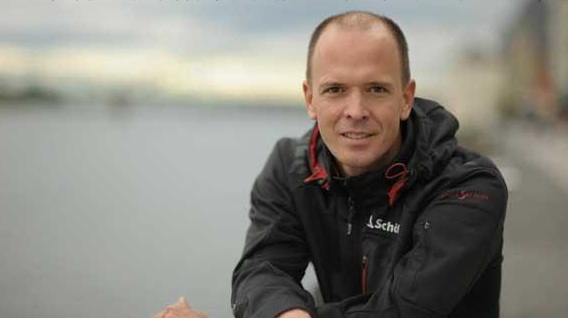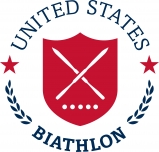
“If you always do what you always did, you will always get what you always got.” — Albert Einstein
That’s U.S. Nordic Combined Head Coach Dave Jarrett’s go-to saying to inspire productivity in his athletes’ training, and it came to his mind when he was recently asked about the departure of a veteran coach less than a year before the Winter Olympics in Sochi, Russia.
In what Jarrett called a mutual decision to part ways, Chris Gilbertson is out as jumping coach and German Marc Nölke is in.
“We needed to make a change and this was the time to do it,” Jarrett said in a phone interview Monday. “As much as it can be a resource and an advantage to have a really tight, close-knit group like we have, it can be a double-edged sword. At some point things get stale and you need to bring in some fresh perspective.”
Jarrett said Gilbertson, who coached the U.S. team since 2006 and helped them to four Olympic medals in 2010, was an “awesome” coach, who will be forever linked to the team’s achievements during his coaching tenure. Jarrett likened the situation to when professional golfers summon a new swing coach, even if the golfer’s technical flaws are not attributed solely to the coaching.
“I think every coach and every athlete has to realize that unless some dynamic changes, it can’t be the same thing over and over again,” Jarrett said.
Jarrett said he had to take a long look at himself, thinking maybe the message he’s been delivering since joining the U.S. Ski Team coaching staff in 2002 was losing its effectiveness. He cited recent rule changes and equipment evolution as reasons to be proactive, especially in a year when so much is at stake.
Enter Nölke, an Olympic ski jumper who coached the German and Austrian national teams after his career was shortened by the effects of an injury at the 1992 Olympics. In his final year with the latter, the Austrian nordic-combined team won gold in the large-hill team event at the 2010 Olympics, ahead of the U.S. in second. For Nölke, coaching the Americans will be his first foray into nordic combined.
“The most important thing for me will be to invent nordic-combined, ski-jumping training,” the 40-year-old Nölke said on the phone Tuesday from his home in Cologne, Germany. “Not taking only the special jumping training and putting it somewhere else, but really inventing new training, new exercises, new settings, everything.”
Nölke joined the U.S. team for a training camp in Utah at the end of May before returning to Germany, where he is finishing up his pursuit of a Master’s degree. He will alternate commuting to the U.S. for camps and working with the athletes in Europe until the start of the competition season. Nölke is married with a 5-year-old son and another child due in November.
“The United States is a big country with a lot of possibilities, a lot of experience and a lot of power,” Nölke said. “I love it for the mentality. I think it fits pretty good to my mindset.”
U.S. Ski Jumping Director Alan Johnson was also looking for help earlier this spring and passed Nölke’s name along to Jarrett, thinking the fit would be good, Jarrett said. The only previous interactions Nölke and Jarrett had came when their competition schedules coincided.
“I think it’s going to be a pretty fruitful and productive relationship,” Jarrett said. “Marc’s brought a lot of enthusiasm and a lot of organization.”
Johnny Spillane retired from the U.S. team in April at the age of 32, closing the book on a career that included three Olympic silvers and a World Championship gold. Billy Demong, 33, and Todd Lodwick, 36, will count on brothers Bryan and Taylor Fletcher to fill the void left by Spillane and Brett Camerota, who retired in 2011, if the U.S. is to match its 2010 Olympic success.
The athletes spent last season adjusting to a new International Ski Federation (FIS) uniform rule, which requires form-fitting jumping suits (no more than 2 centimeters greater than body size), which do not benefit from wind currents as the previous looser-fitting suits did. Aerodynamic uniforms give the jumper more speed, but less stability during flight and landing.
“Having Marc in Germany, being in touch with what’s going on in the ski-jumping world on a day-to-day basis, helps us answer the question of whether we’re way off on the equipment side,” Jarrett said, “Or if everything is fine and we need to pull our heads out of our butts and jump the way we used to.”
Steven McCarthy
Steven McCarthy discovered a passion for sportswriting in the classrooms of the University of Maine school of journalism. He earned his Bachelor's degree in 2010, while complementing his studies covering two years of UMaine sports and summer college baseball on Cape Cod. He resides in southern Maine and works in a private school for kids with autism. In his spare time he's training for his next marathon (running or skiing) or coaching at a local high school.


